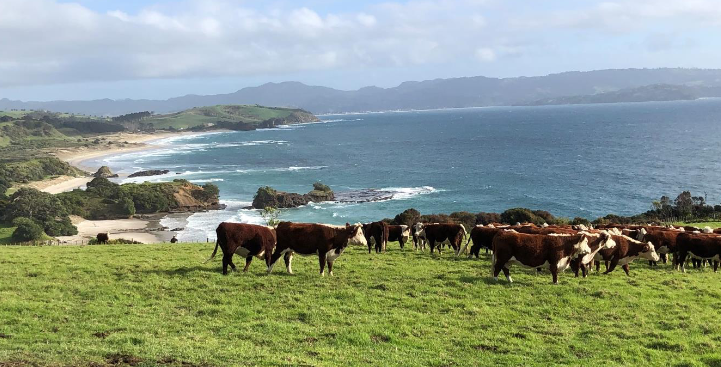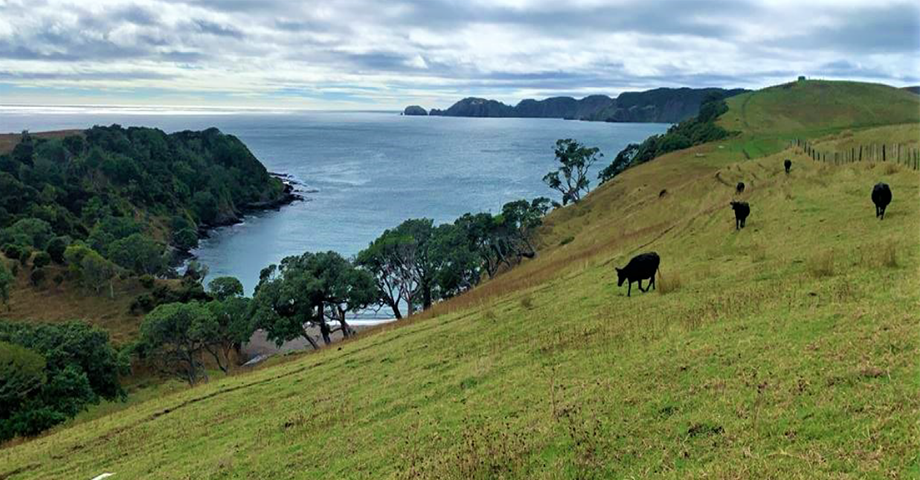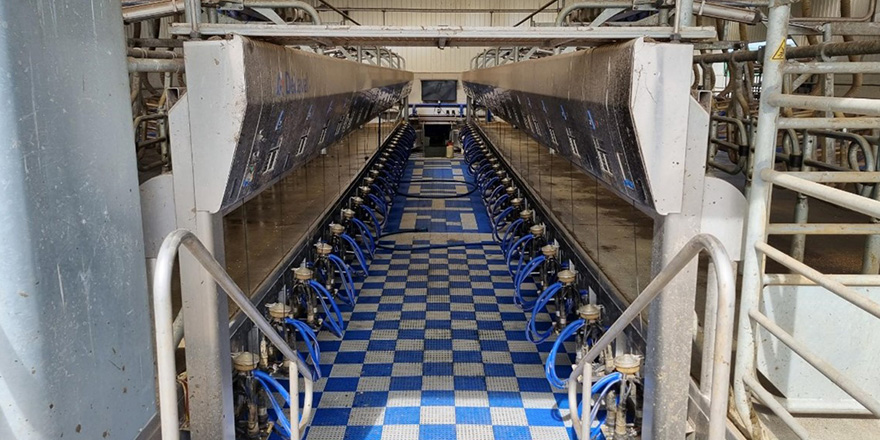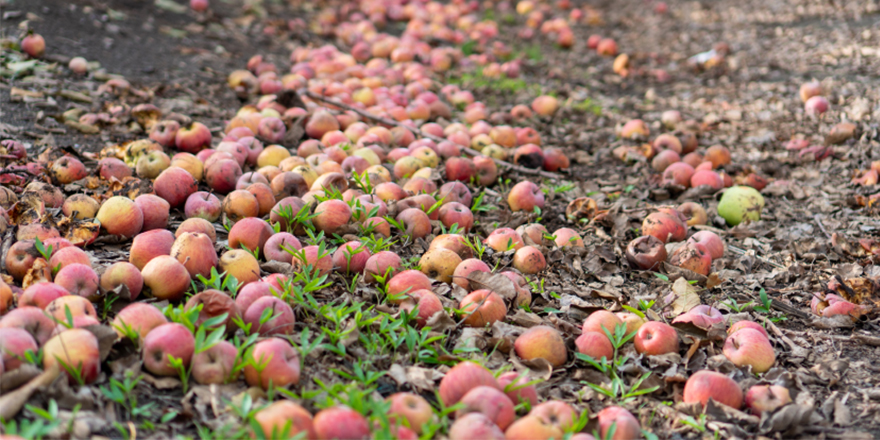
Executive Summary
This project was intended to investigate the potential uses of remote sensor environmental data by farmers to help them improve their environmental outcomes. This could promote innovative management practices whilst making compliance easier for farmers.
The concept of ‘outcome-based’ regulation as well as environmental monitoring through sensors has been explored with some good applicable literature from case studies available to study. Several common themes emerged from this literature around benefits and risks as well as the importance of the system design.
Due to their nature of basing regulation around outcomes farmers can self-manage their environmental outcomes, removing managerial restrictions to not only allow, but encourage farmers to innovate and achieve better and more cost-effective results.
European researchers have noted farmers improve their skills over the duration of result-based schemes and form new social connections between conservationists/ecologists due to their common goals. It was also theorised that change may also occur in the relationship between farmers and the public, with farmers assuming the responsibility for management practices and the credit for
environmental improvements as opposed to merely meeting government requirements.
Better environmental monitoring data would be hugely beneficial to both regulators and farmers as the feedback would allow for better prioritisation of actions and funds. To maximise these benefits, it has been shown that the timing and frequency of water sampling is of great importance. Water quality varies greatly around storm events, within seasons and between years. Data needs to be amassed over several years to fully understand the real impact of land management practices.
The risks of outcome-based regulation have come through the literature as:
- The need for careful establishment of desired outcomes, how they are benchmarked and how they are measured.
- Possible lack of effective mitigation options and farmers exposure to events beyond their individual control e.g., large flooding events
- The issue of data ownership and how it is used and/or shared
The success of any outcome-based scheme would be greatly dependant on the identification and development of indicators. These should be carefully considered, and a balance needs to be struck between minimising the scheme complexity and having sufficient indicators to represent the objectives. If this cannot be achieved a combination of regulatory approaches may be necessary.
The last risk identified is the need for a better understanding on how farmers are likely to respond to result oriented approaches. Past examples have shown many benefits, these are mainly concerning agricultural subsidies and a switch to compliance may change the results.
With this technology still in its earlier stages of development, the cost and availability of sensors combined with poor rural connectivity make the possibility of widespread adoption purely theoretical, at least currently.
I conclude that it is too early for New Zealand to incorporate an outcome-based regulation system. Given the substantial benefits which may be achieved I don’t believe the idea should be completely abandoned and I have recommended further trails to understand and quantify any potential efficiencies. As technology develops further and becomes less prohibitive a hybrid model of ‘action’ and voluntary ‘outcome’ based regulation may be created reducing the cost of compliance and helping farmers to be seen as part of the solution and not part of the problem.
My main recommendations are as follows:
- Address data ownership and use issues. Any increase in data capture and reporting requires a data strategy addressing data ownership and how it is to be used. In order for farmers to voluntarily give their own environmental data to a regulatory body there would need to be assurances made to address any concerns in this area.
- Begin environmental data collection. Early trial work by regulators would provide feedback and learnings from live sensor data. This would help in designing required actions for environmental protection. It would also have value if data can be incorporated into existing models to strengthen their validity.
- Identify indicators for monitoring. Designing a system of effective indicators should be carefully considered and would need to involve a high degree of consultation. If an environmental outcome cannot be monitored simply and effectively then an outcome-based scheme may not be appropriate for that measure.
- Start small, proof of concept trials. This might suit larger high-country properties where it can be safely assumed that water entering the grazed areas is of high quality. Water leaving the property could then be monitored to establish agricultural impacts. This would have benefits as the cost to fence off all water ways on these properties would likely be uneconomic if required under an action-based scheme.
- Explore options for a hybrid model between action and outcomes based environmental legislation.
- Allow voluntary data use. Live sensor data could well be incorporated as a voluntary component of a digital farm plan, creating a ‘hybrid’ model allowing innovative farmers and regulators to test the approach before wholescale adoption.
- Factor in future technological advances in writing regulation. Currently the technology looks to make this option cost prohibitive. Legislation could be written now to allow for its use in the future.
Download and read the full report here




